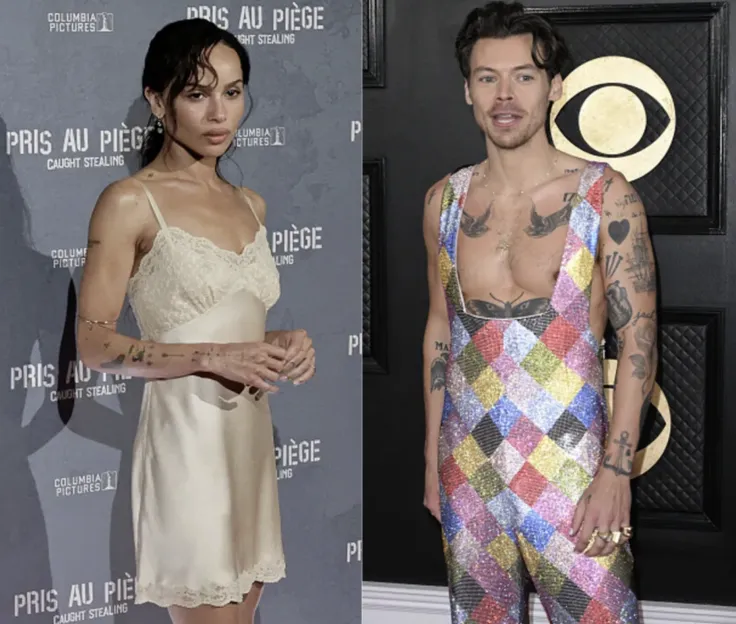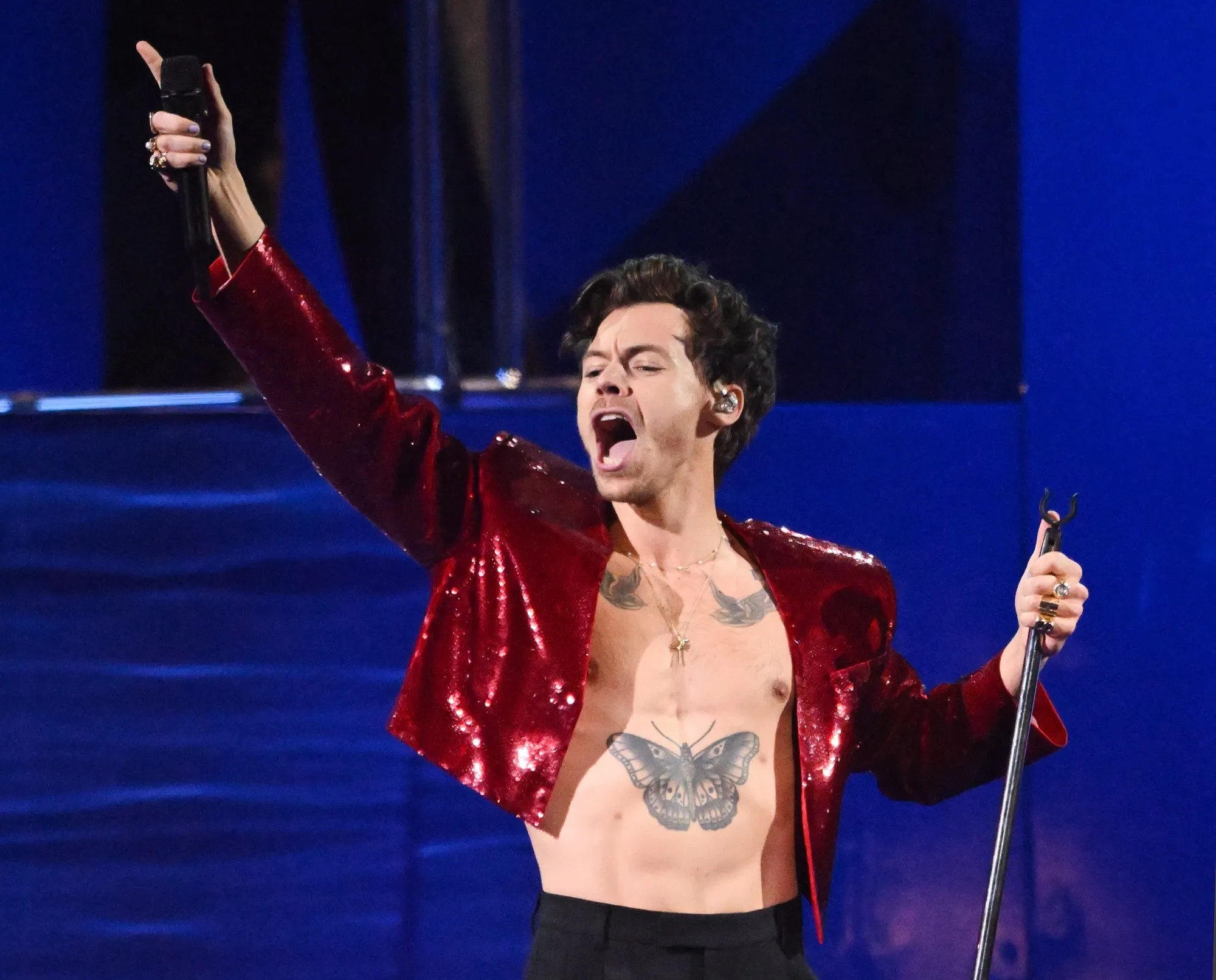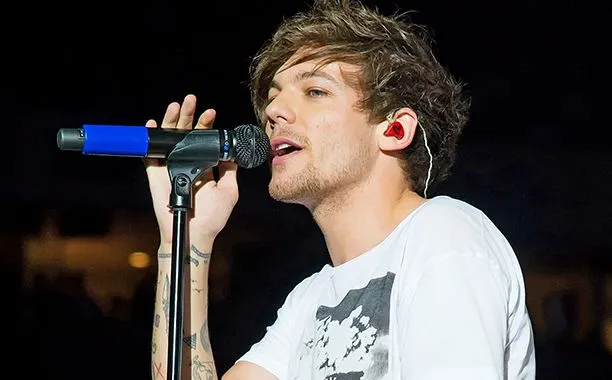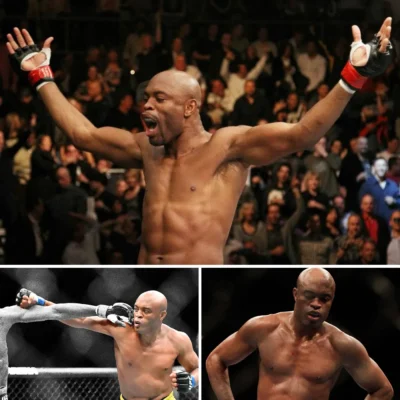

Too Bold, Too Hot, or Too Much? The Troye Sivan Debate Rages On
Few artists in today’s pop culture scene ignite as much fascination, admiration, and controversy as Troye Sivan. The Australian singer, songwriter, and actor has undergone a radical transformation—evolving from a soft-spoken YouTube star into a full-fledged pop provocateur.
With his increasingly bold aesthetics, sensual music videos, and unfiltered self-expression, Sivan has become a symbol of artistic liberation and queer confidence. But with that confidence has come intense debate.
Some hail him as a visionary, breaking barriers and redefining what it means to be a male pop star. Others argue that he’s pushing the limits too far, relying too heavily on sexuality and controversy to maintain his relevance.
So, what’s the truth? Is Troye Sivan too bold, too hot, or simply too much?
Let’s dive into the debate that’s dividing pop culture.
The Evolution of Troye Sivan: From YouTube Prodigy to Pop Rebel
Humble Beginnings: The Soft-Spoken Star with a Dream
For those who have followed Troye Sivan since the beginning, his current image might feel like a stark contrast to the shy, boy-next-door persona he once embodied.
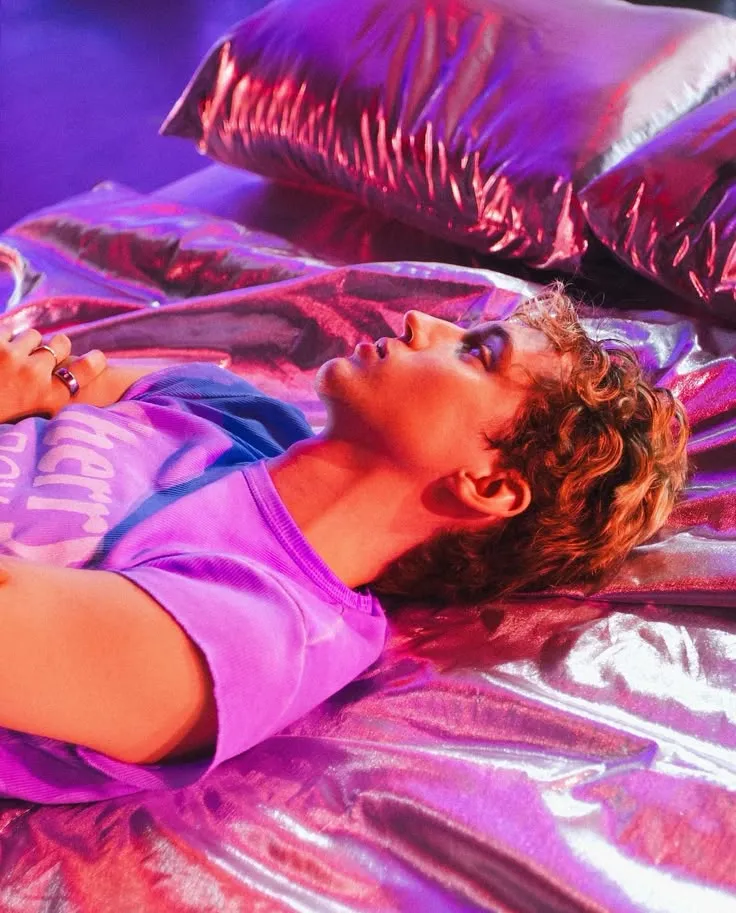
Born in South Africa and raised in Australia, Sivan first gained international recognition as a YouTube personality. His natural charm and soulful voice quickly won over fans, and it wasn’t long before he transitioned into music full-time.
His early albums, like Blue Neighbourhood (2015) and Bloom (2018), were filled with melancholic love songs and dreamy soundscapes, appealing to audiences who valued raw emotion over mainstream flashiness.
Back then, Troye Sivan was known for his vulnerability rather than his shock factor.
So, what changed?
A Pop Star Reborn: The Shift to Sensuality
Sivan’s artistic pivot became undeniable with the release of Something to Give Each Other (2023). While elements of his signature melancholic pop sound remained, there was a new layer of confidence, boldness, and undeniable sensuality.
His music videos—particularly Rush and One of Your Girls—marked a radical departure from his previous aesthetic. Instead of soft lighting and understated storytelling, fans were met with sweaty bodies, explicit choreography, and an unfiltered embrace of desire.
-
In Rush, Sivan indulges in an electrifying dance-party atmosphere, celebrating queer joy, fluidity, and attraction.
-
In One of Your Girls, he surprises audiences with a full drag transformation, challenging traditional masculinity while delivering an intoxicating visual experience.
For some, these bold moves represented liberation and artistic growth. For others, they were signs that Troye Sivan was veering too far into shock value.
Thus, the debate was born.
Too Bold? The Controversy Over Troye Sivan’s Image
Is He Redefining Pop or Exploiting It?
One of the biggest arguments against Troye Sivan’s recent evolution is that his work leans too heavily on sexuality. Critics argue that his latest releases, particularly Rush, focus more on visuals than substance—suggesting that he’s relying on provocative imagery to maintain relevance.
But here’s the counterargument: Why is this a problem when so many other pop icons have done the same?
-
Madonna, Lady Gaga, and Britney Spears have long used sexuality as a form of artistic rebellion.
-
Harry Styles and Lil Nas X have also embraced gender fluidity, provocative visuals, and nontraditional masculinity—yet they rarely face the same level of scrutiny.
So, is Sivan truly too bold, or is there an underlying double standard at play?
Breaking Free from Industry Norms
It’s no secret that the music industry has historically controlled how male and female artists express themselves.
-
Women in pop music have been encouraged—or even expected—to incorporate sensuality into their work.
-
Men, particularly queer men, have faced far more resistance when they attempt to do the same.
Sivan’s willingness to embrace fluidity and unfiltered expression challenges these outdated norms. But for some, that very challenge feels uncomfortable—leading to claims that he’s “doing too much.”

Yet, in a world where authenticity is valued more than ever, Sivan’s unapologetic artistic choices might just be exactly what pop music needs.
Too Hot? Why Fans Can’t Get Enough
A Cultural Phenomenon in the Making
Despite the controversy, Troye Sivan’s career has never been stronger.
-
His streaming numbers have skyrocketed, proving that his new era resonates deeply with audiences.
-
His fashion influence continues to grow, with brands clamoring to feature him in editorial shoots and high-profile campaigns.
-
His collaborations with Charli XCX, Ariana Grande, and BTS’s RM have solidified him as a force to be reckoned with in the music industry.
In other words: If he’s too much, the world doesn’t seem to mind.
An Artist Who Owns His Narrative
What separates Sivan from many of his peers is how he handles controversy.
Rather than backing down or watering down his artistry, he leans into the debate, making it clear that he’s not here to please everyone.
Whether it’s through his unapologetic social media presence, his interviews, or his unfiltered artistic choices, Sivan has proven that he is fully in control of his image.
And perhaps that’s the real reason why his presence is so polarizing.
Because love him or hate him, he refuses to be anything but himself.
Too Much? Or Just What Pop Culture Needs?
At the heart of the debate is a simple question:
Is Troye Sivan redefining pop culture, or is he taking things too far?
For some, his unfiltered confidence is exactly what makes him revolutionary.
For others, his approach feels overly manufactured, designed to stir controversy rather than create lasting impact.
But here’s the truth:
-
Troye Sivan is no longer just a pop star—he’s a cultural disruptor.
-
He’s no longer just making music—he’s making statements.
-
And whether people love him or not, they can’t seem to stop talking about him.
So, the debate rages on.
But in the end, it might not even matter. Because while the world argues about whether Troye Sivan is too bold, too hot, or too much, he’s busy shaping the future of pop on his own terms.
What do you think? Is he pushing boundaries in the best way possible, or is he taking things too far? Let the debate begin.








